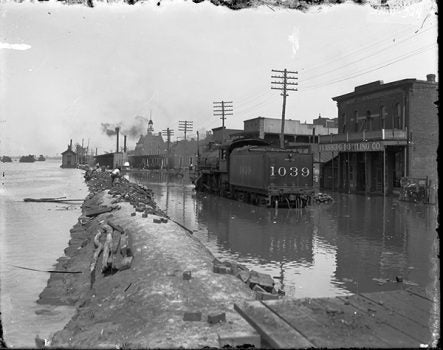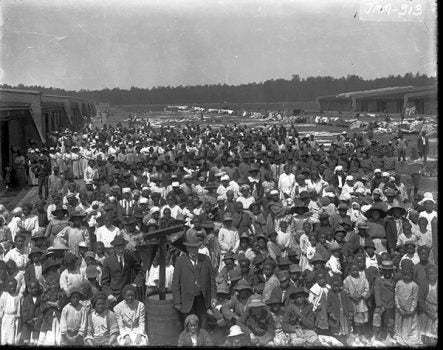OUR HERITAGE: The ’27 Flood
Published 10:24 am Friday, March 29, 2019
In his book “Rising Tide” about the 1927 Great Mississippi River Flood, author John M. Barry describes the Mississippi River in flood.
“There is no sight like the rising Mississippi. One cannot look at it without awe, or watch it rise and press against levees without fear. Unlike a human enemy, the river has no weakness, makes no mistakes, is perfect; unlike a human enemy, it will find and exploit any weakness.”
In 1927, the Mississippi River did more than leave people in awe. Its waters covered 16.8 million acres, killed hundreds of people, left another 700,000 homeless, made acres of farmland infrastructure in 170 counties in seven states unusable, and destroyed thousands of businesses.
A series of heavy rains that began in August 1926 and continued through April 1927 caused rivers and tributaries of the Mississippi to flood.
In October 1926, in Vicksburg, the Mississippi’s level at Vicksburg exceeded 40 feet. On New Year’s Eve 1926 it reached flood stage at Cairo, Illinois.
In Vicksburg, the flood crested in April 1927 at 56.2 feet. That height was not exceeded until 84 years later by the 2011 spring Mississippi River flood, when the river crested on May 19, 2011, at 57.1 feet — 14.1 feet above flood stage and nine-tenths of a foot above the 1927 flood.
The 1927 flood turned the Vicksburg National Military Park into an evacuation site for refugees from the Delta.
It changed the way the U.S. Army Corps of Engineers looked at flood control and led to the birth of the Corps’ Waterways Experiment Station, now known as the Engineering Research and Development Center.
The Corps’ publication “Protecting the Alluvial Empire: The Mississippi River and Tributaries Project,” which discusses the Corps program to improve flood control developed after the 1927 flood, called the flood “the most destructive flood in United States history.”
The Great Flood of 1927, as it is called, affected 11 states along the Mississippi and its tributaries, causing 246 flood-related deaths. Most of those affected were in the lower Mississippi River valley, in Mississippi, Arkansas and Louisiana.
Property damage at the time was estimated at more than $400 million, the equivalent of more than $5 billion today across all of the states. Economic losses were estimated at $1 billion 1927 dollars, which was equivalent to one-third the federal budget at the time, or nearly $15 billion today.








